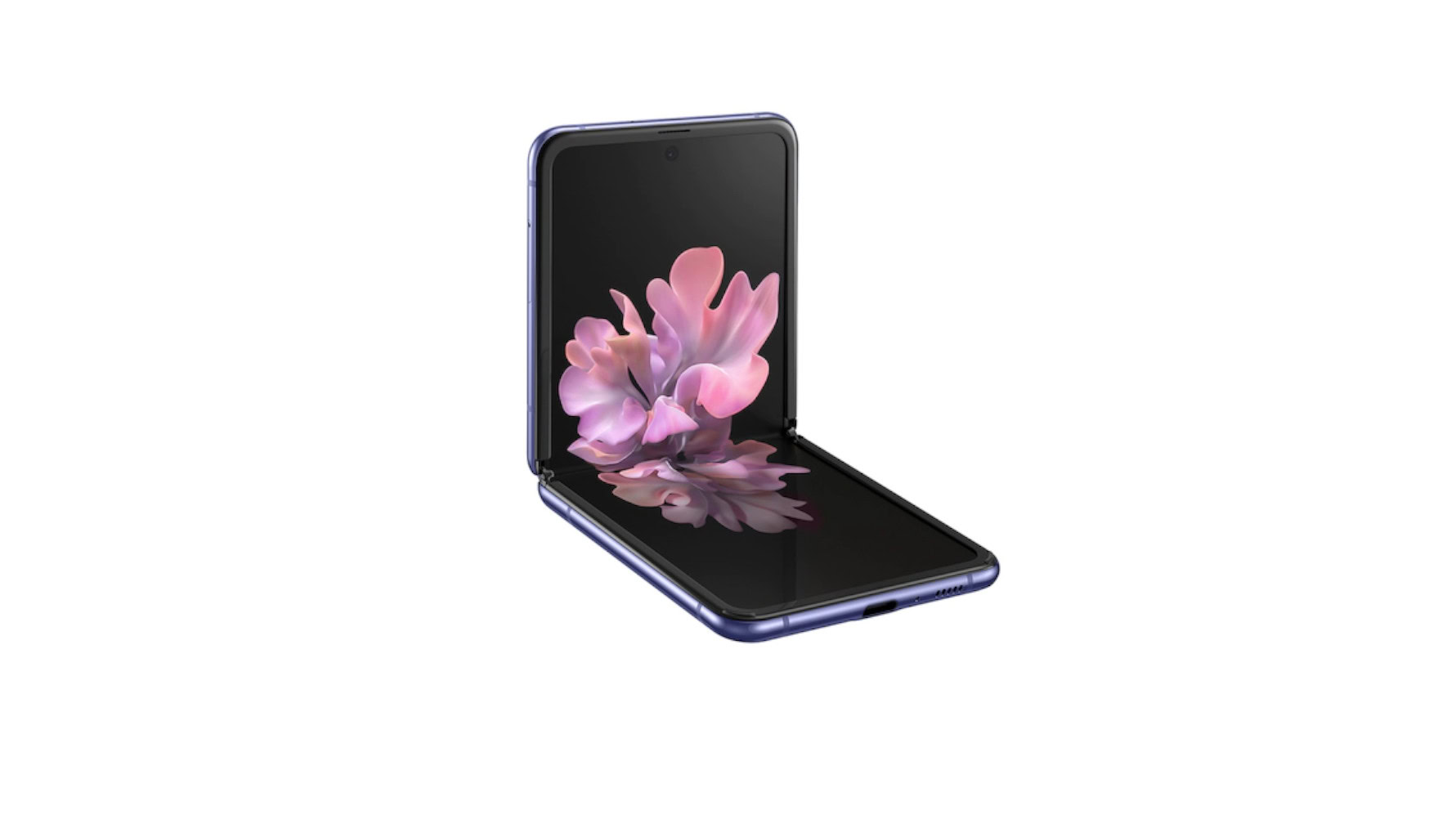Affiliate links on Android Authority may earn us a commission. Learn more.
Samsung Galaxy Z Flip: OK cool, but isn't this a boring use of foldable tech?
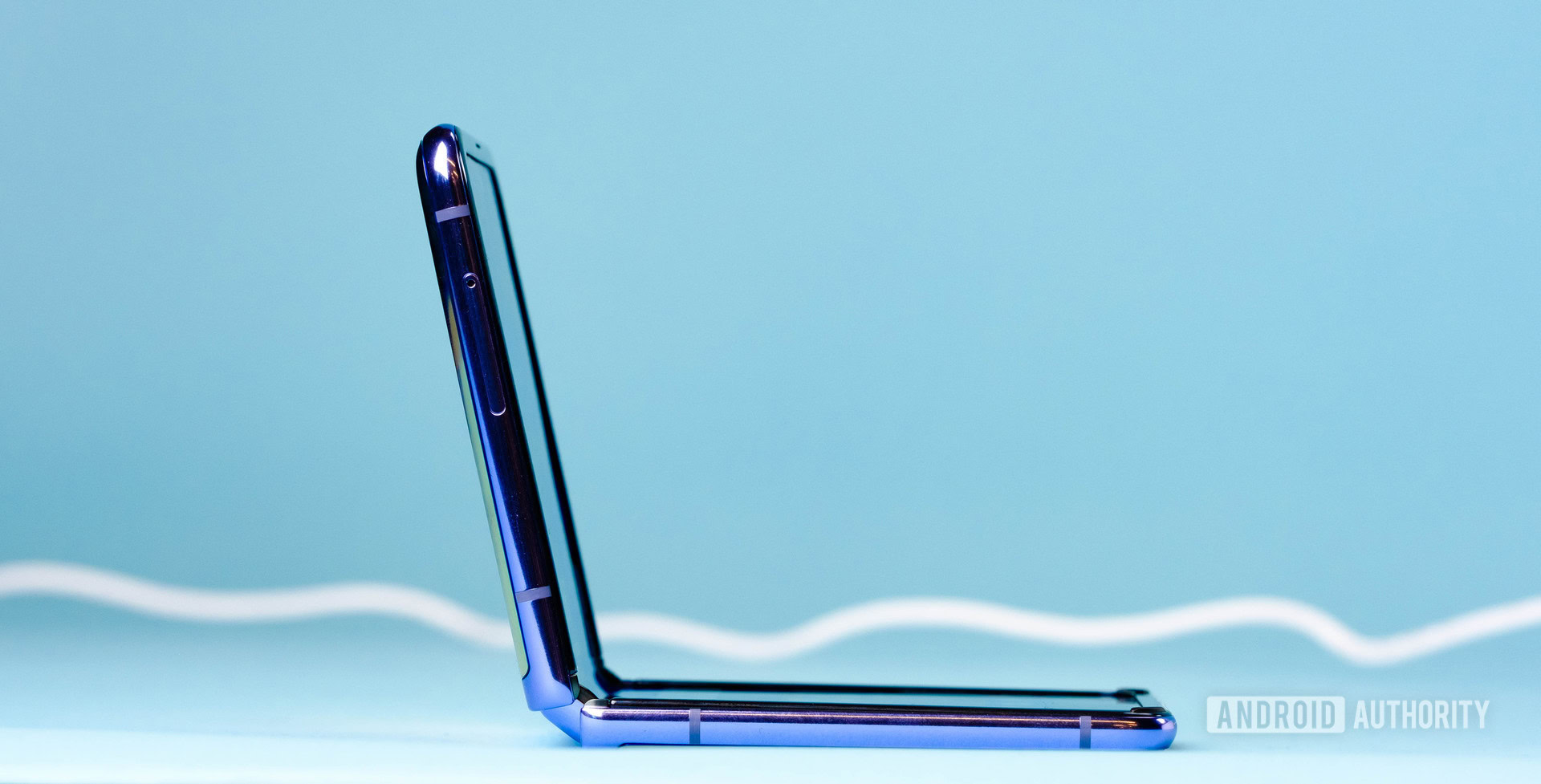
Samsung’s second stab at a foldable phone is official. Instead of iterating on the phone-tablet form factor we saw with the Galaxy Fold, the South Korean giant has instead looked to the past for inspiration for the Galaxy Z Flip — a clamshell-style foldable phone with a very silly name, but an undeniably cool look.
Smartphone makers have been stuck in the design doldrums for years now and despite some serious teething issues with the first wave of devices, foldables still seem primed to finally drag OEMs out of a collective creative rut.
Don’t miss: 24 hours with the Galaxy Z Flip: Surprised by how much I like it
Following shortly after Motorola’s nostalgic Razr revival, the Galaxy Z Flip also looks to update the retro form factor with 2020 technology. But are flip phones really the future, or should the clamshell design have remained stuck in the 2000s? I’ll be sitting on the fence until I’ve given one a spin, but I do think it doesn’t really fulfill the potential of foldable technology and is, well… kind of boring.
Flippin’ great?
Throughout the leak season, which was in full force for the Z Flip and Samsung’s core Galaxy S20 series, I struggled to get even remotely excited about Samsung’s latest foldable project. It turns out all those leaked renders didn’t quite do it justice, however. This is a very pretty phone in motion — both when open and closed. Just check out our hands-on video above. That sleek hinge, the click when it shuts, the smooth folding motion, the gleaming glass. That’s the good stuff right there.
It’s not all just aesthetics, either. The ergonomics look to be on point. I haven’t had the chance to try it myself, but based on impressions from my colleagues, the Z Flip appears to bypass the major design and durability concerns leveled at the Fold and other first-wave foldables. Sure, the screen crease is still there, but the use of ultra-thin glass for the display looks far more reassuring than the plastic OLED panels we’ve seen so far.
The Z Flip may be the first foldable phone that it's possible to recommend buying
It’s still a little early to make a final call on the Z Flip’s durability. It certainly appears to be an upgrade over the flimsy Motorola Razr, which didn’t hold up all that well in a non-Motorola approved fold test, is incredibly hard to fix, and received lukewarm reviews in general. The same appears true of the Galaxy Fold, which notoriously went through several design iterations and delays and still went to market with a display that could be seriously damaged by a rogue speck of dust. There’s also the fact that clamshells hide the display away by design, so unexplained pocket scratches shouldn’t be a problem.
However, the major advantage the Z Flip has over other foldables, and other phones generally, is its size. Here’s a phone that gives you a vibrant, extra-long screen to work with that also doesn’t hog too much pocket space.
While we still love small phones here at Android Authority, there’s clearly been an industry shift towards larger handsets that offer more screen real-estate. It’s telling that Samsung’s smaller, more affordable Galaxy S10e doesn’t have an S20e counterpart. Love them or hate them, foldable clamshells offer the best of both worlds and essentially negate the need for smaller phones.
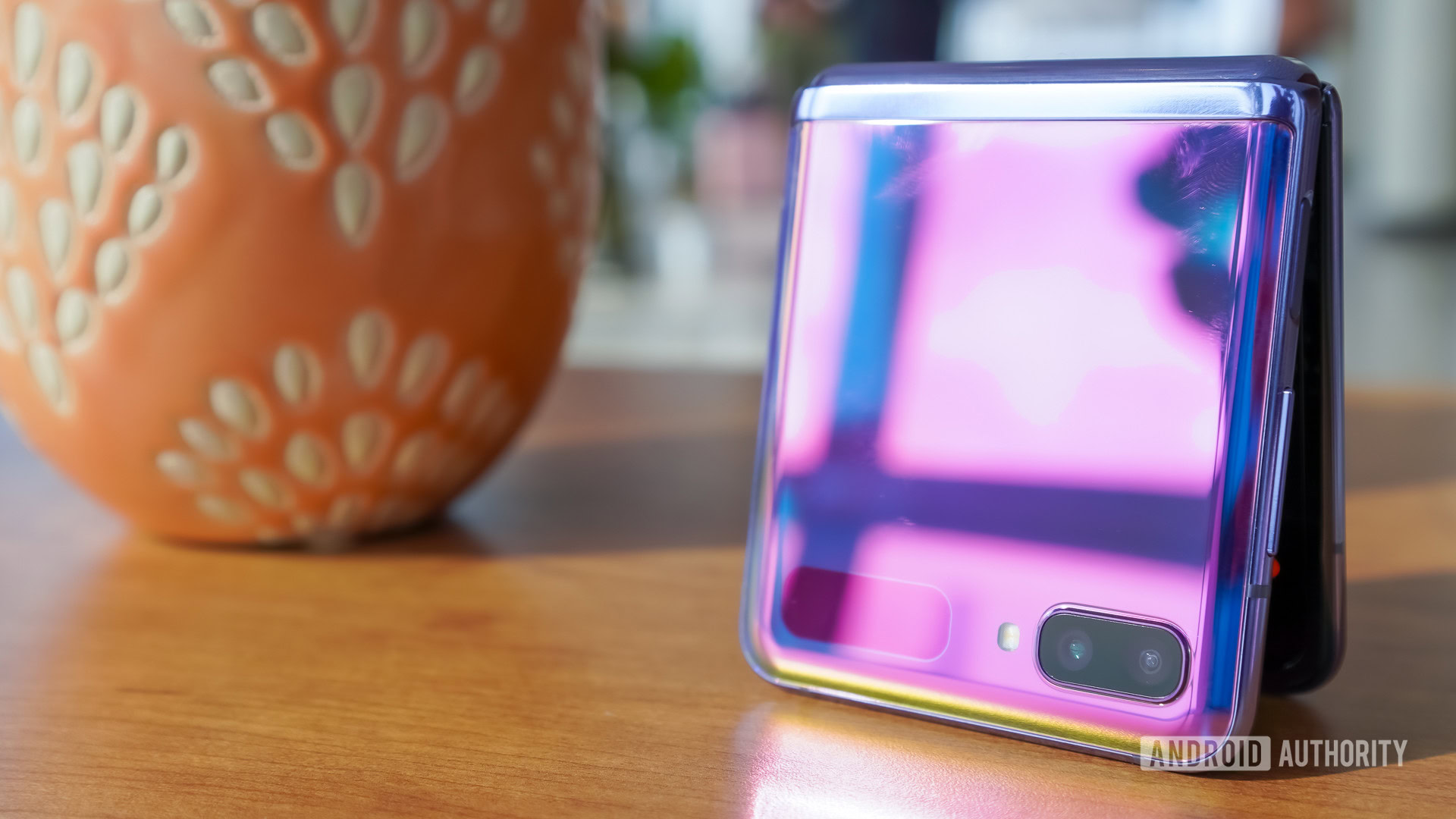
So, that’s all great, right? Yes, absolutely. But do we really want practicality to be the defining trait of the next-generation of phone design, or do we want phones that push the boundaries of what smartphones can do? Aside from the fact you can silence a call by snapping it shut (which, admittedly, is very satisfying), there’s no real functional advantage to having a foldable flip phone when you’re actively using it. When unfolded, it’s still just a glass sandwich phone like any other 2020 flagship.
Compare this to the Galaxy Fold. The phone-tablet form factor always seemed to be the most obvious route for foldables even when the tech was in its infancy, but you can’t argue that it provides a bunch of extra features and perks that you just can’t get with a regular phone or a clamshell phone.
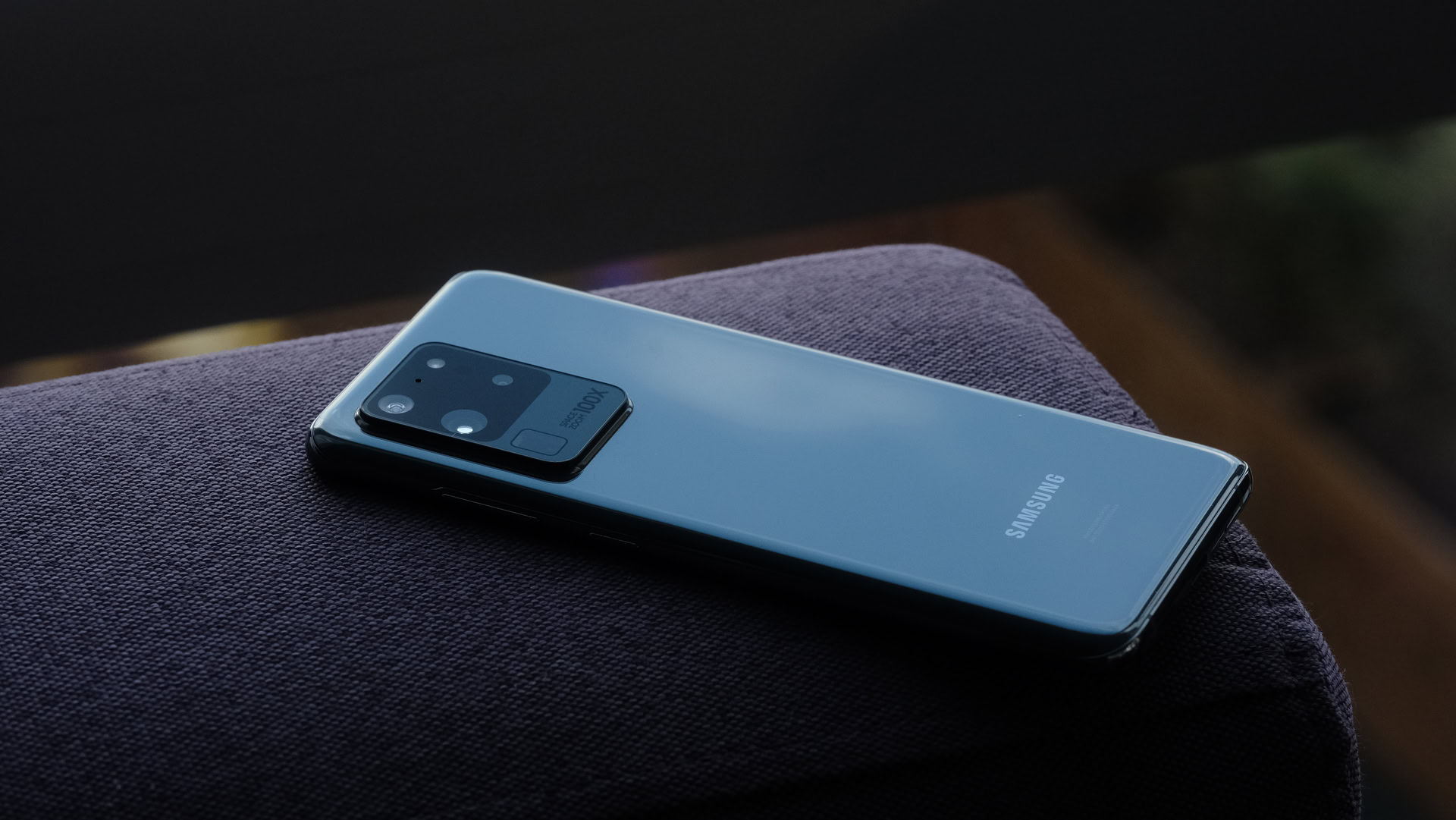
Multitasking, watching movies, gaming, viewing photos, video calls, reading an ebook, editing photos, word processing; these are just a few of the things we use our phones for every day that are functionally improved by having a regular-sized phone that folds out (or in) to reveal a larger display. Putting aside the Fold’s many many issues, the blueprint is sound, innovative, and exciting.
Google has been working hard to transform Android into a foldable-friendly OS, but the features announced specifically for the Galaxy Z Flip are underwhelming in the extreme. Flex Mode is the headliner, but the way it splits the screen into two when half-folded looks awkward to use and all of the use cases so far sound like try-once-forget-forever gimmicks.
Know when (and how) to fold
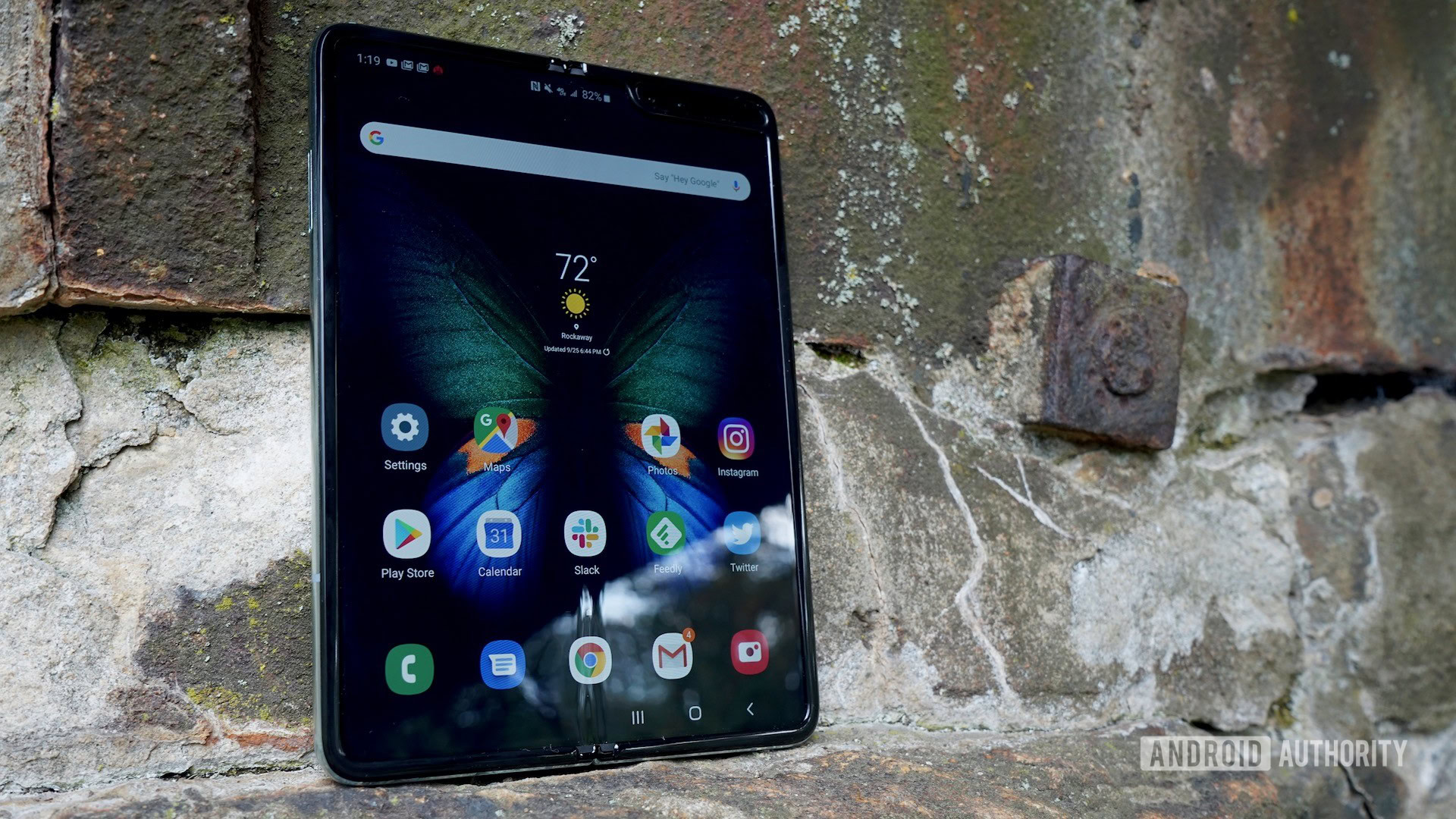
I feel like I have to stress again that I’ve really warmed up to the Z Flip since its big reveal at Unpacked 2020. We’ll have to wait for reviews to know for sure, but it may be the first foldable phone that it’s actually possible to recommend, and that’s a massive step forward.
Read more: Here’s where and when you can purchase the Samsung Galaxy Z Flip
Unlike the Razr, Samsung isn’t just banking on the rose-tinted glasses of wistful flip phone fans. The Z Flip looks, and by all accounts feels, like a 2020 phone, albeit with a 2019 processor inside. And again, while the Z Flip name is tacky and horrible, it’s at least not another example of an OEM banking on a legacy brand to peddle lackluster, overpriced hardware.
As the runaway market leader, Samsung has the clout and power to flex its muscles, and that’s exactly what the Galaxy Z Flip is: an industry behemoth testing the waters of public opinion on a still-evolving nascent technology.
I hope Samsung and other OEMs continue to experiment with foldable form factors
Perhaps clamshell foldables will stick and become a sales sensation — the early signs are positive, for sure. Maybe a Fold 2 is just around the corner with ultra-thin foldable glass and zero caveats. There’s also Microsoft’s Surface Duo and other dual-screen-build phones to consider that may supplant foldable tech entirely. We also already know that Samsung has other more experimental form factors in the works that fold more than once.
The reality is that smartphone design is in flux right now and it’s unclear where it’ll finally settle. I just personally hope clamshells don’t immediately become the de facto standard. There’s still so much potential to explore and going back to the well of flip phones feels more like an evolutionary dead-end than the fresh start foldable tech initially promised.
The Galaxy Z Flip may make boring look beautiful, but it’s still a little bit boring.
